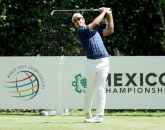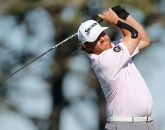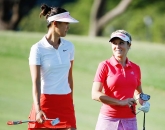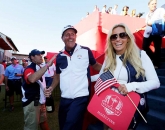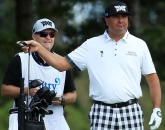
PING Eye 2 Irons
First introduced in 1982, PING’s Eye 2 perimeter-weighted cavity-backs are considered golf’s best-selling iron.
Karsten Solheim – him again! – came up with the idea of perimeter weighting by studying how tennis racquets were constructed, with the weight on the frame, or perimeter. As Solheim’s grandson John K Solheim, put it recently, "With the weight on the perimeter, the club’s moment of inertia was increased so at impact the head didn’t twist as much. For the first time, golf shots that were miss-hit had a better chance of going where the golfer intended."
Widely embraced by pros and amateurs for their aesthetics and forgiveness on off-centre strikes, customers also gravitated to the Eye 2 custom-fit colour coding. "Karsten knew that if golfers had the proper lie angle, shaft length and grip size they would play better and enjoy the game more," says his son, John A Solheim. "With the colour code he personalised the process of buying clubs. The colour code told the golfer ‘This is your club made just for you.’" It was also a savvy business move, limiting inventory by specially building each set rather than mass producing a standard set of clubs.
The clubs were the source of controversy in 1984 when the USGA banned square grooves found on Eye 2s, and yet again in 2010 when Phil Mickelson wanted to put an old (now technically legal) Eye 2 wedge into play after yet another USGA groove ruling. After fellow Tour player Scott McCarron said that "it’s cheating" to play the old Eye 2 Mickelson took the club out of his bag.
Pages
Click here to see the published article.



